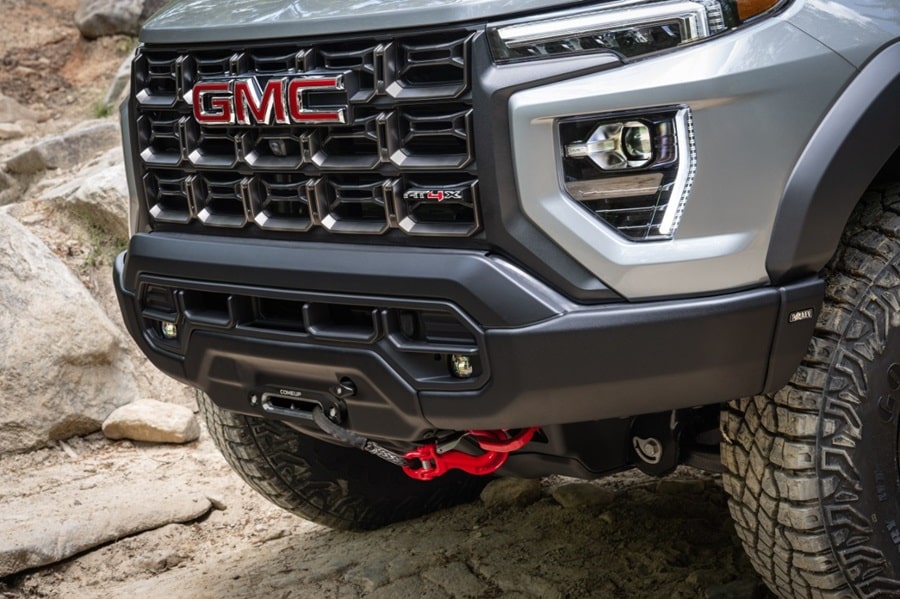Vehicles come in different shapes and sizes and have been on the roads for more than a century. But weird stuff is never wanted when people have room to be creative. While some cars were just visionary, their designs make you wonder why they ever left the drawing board. Then some vehicles are somewhere in the middle. They’re different in the weirdest ways imaginable. People remember these cars for how they look as much as anything else, whether they have six wheels or headlamps. These are the eight weirdest cars ever made.
Contents
General Motors Firebird I

The Firebird I car, built in the 1950s, has very weird features. Designers of this car wanted to give drivers a flying experience but ended up with a weird design. Jet planes inspired the layout, and driving this car was like a turbo-power motor on the wheels. This car looked like a toy plane in real life, with its bubble cockpit, wings, and stabilizer. However, its design required practicality. As a result, it joined the list of the weirdest cars ever made.
1942 Oeuf Electrique

The 1942 Oeuf électrique had three wheels and ran on batteries decades after vehicles used gasoline as a primary source. The bubble of this car consists of hand-formed aluminum and curved plexiglass. Known with its nickname, the electric egg.
1996 Suzuki X-90
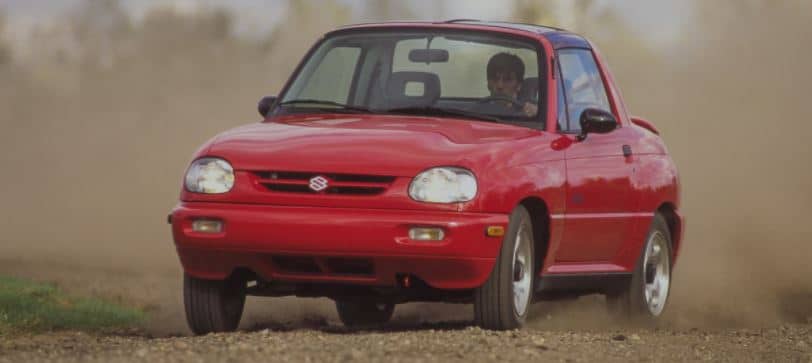
In the beginning, automakers experimented with many different designs of SUVs. In some of the experiments was the 1996 Suzuki X-90. The vehicle was part SUV, part two-door coupe, and a convertible with a T-top roof. This car looked like a giant tennis shoe. Manufacturers built this car on a truck chassis; despite its small size, it didn’t handle very well. In addition, its 95-horsepower engine didn’t provide much thrust.
Stout Scarab
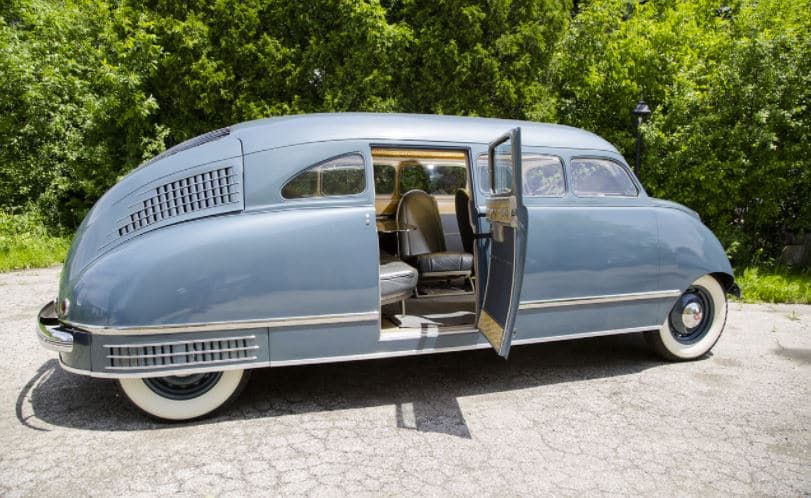
In 1935, cars were getting bigger and sturdier, and for those who could afford this early minivan with a long wheelbase might have seemed perfect. The beetle-shaped vehicle owed its form to aircraft designer William Stout. The car featured heating controlled by a thermostat, power door locks, and ambient lighting. The manufacturer logged 250,000 miles in this egg-shaped car, which had a price of $5,000.
1984 NISSAN PULSAR NX
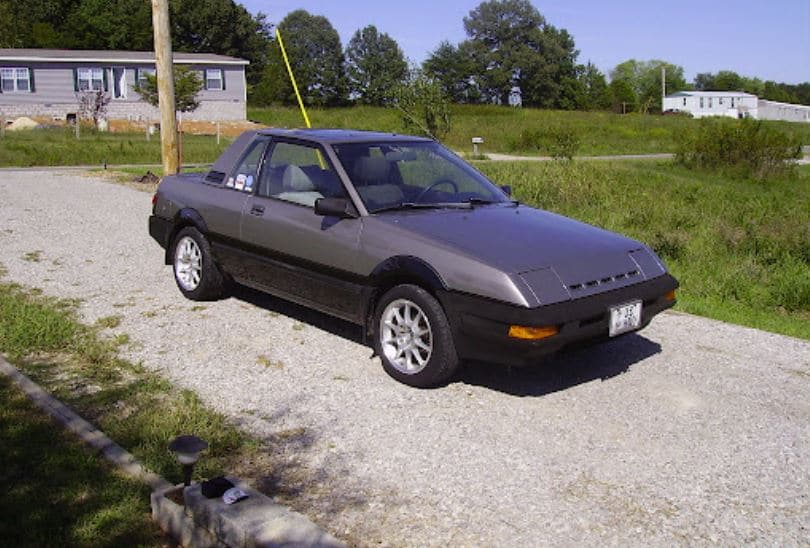
The Nissan Pulsar NX is also a car with a weird look. Unlike the Chevrolet SSR, the Pulsar NX emits the cool style of weird. This car was very close to a toy car. It came with a shooting brake hatch that is removable to become a sports coupe. The hatch served no purpose other than being a removable piece. Buyers loved most that they could change the look of the vehicle depending upon their mood.
Sunswift eVe

The Sunswift eVe worked on solar power. On a single charge, it can go up to 310 miles or get power by its solar cells, over 500 miles. This weird-looking solar-powered car won the fastest electric car over 310 miles, averaging 66.4 m/hr in 2014, the FIA Land Speed Record.
P50 Peel
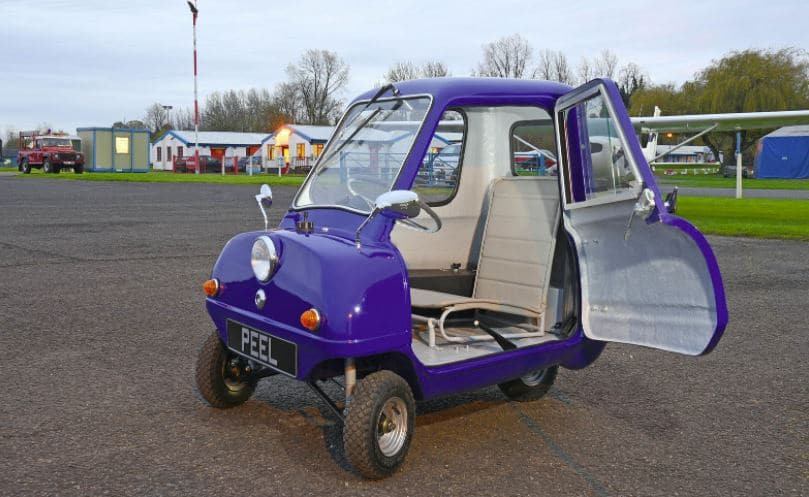
This car is listed in the Guinness book as the world’s smallest car. The three-wheel car was originally built in the 60s and looked like one of the plastic toy cars kids ride in. The size is almost the same too. It only fits one passenger and comes with a handle so you can pick it up and carry it around.
1963 Chrysler Turbine

The 1963 Chrysler Turbine was an early alternative-fuel vehicle powered by a pair of turbines rather than a traditional internal combustion engine. Its turbine powerplants provided 130-horsepower and an unusual 450 pound-feet of torque. Each of the two-door coupes was finished in Turbine Bronze paint. Chrysler lent the 200 vehicles to some users for testing instead of selling them. Only nine are present today, and five are driveable.
2001 BMW GINA Light Visionary Model
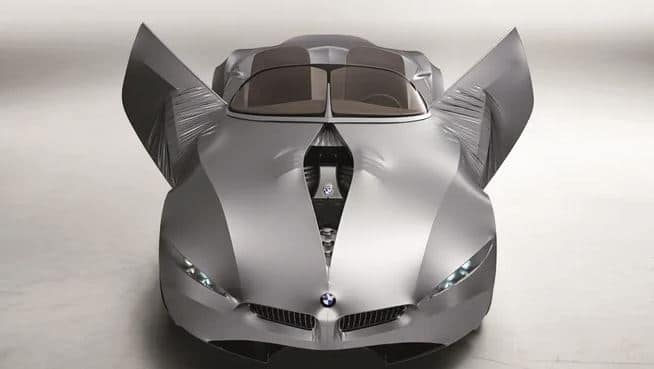
This vehicle concept came from BMW’s design director, famous for agitating the German automaker’s design standbys with chunky body parts and hard geometry. He covered the car’s covering in polyurethane-coated spandex that would change according to the car’s aerodynamic needs at the time.
Final Words
The history of automotive design is scattered with bold attempts to create vehicles different in how they look and how they work that they perform obsolete everything that’s come before. The weirdest of these are usually concept cars, which aren’t limited by practicality regulations and can therefore allow automakers to push the limits.

